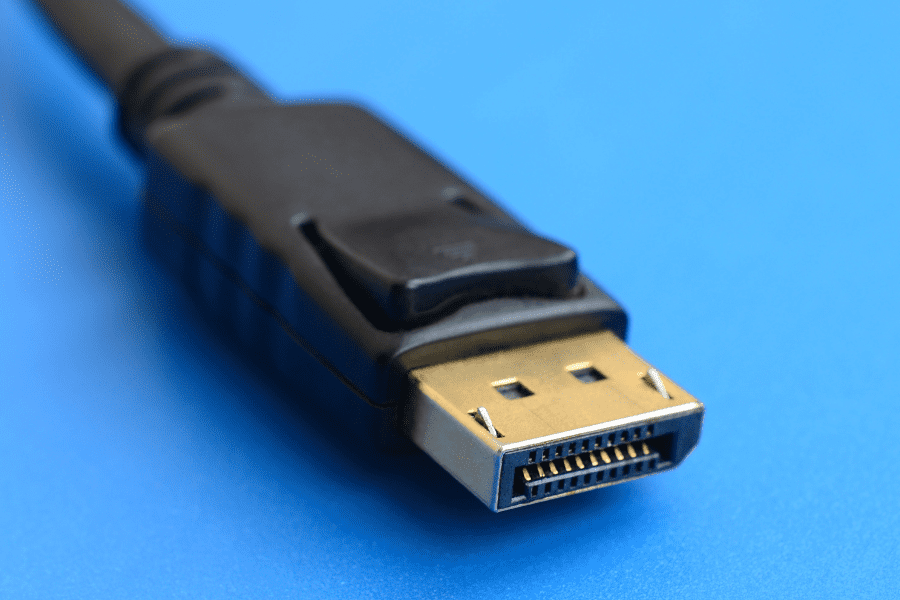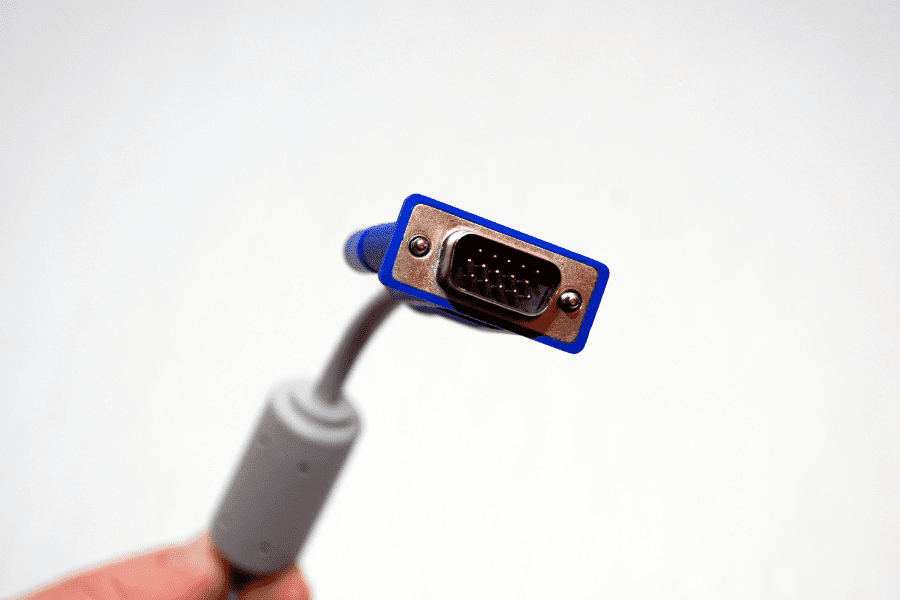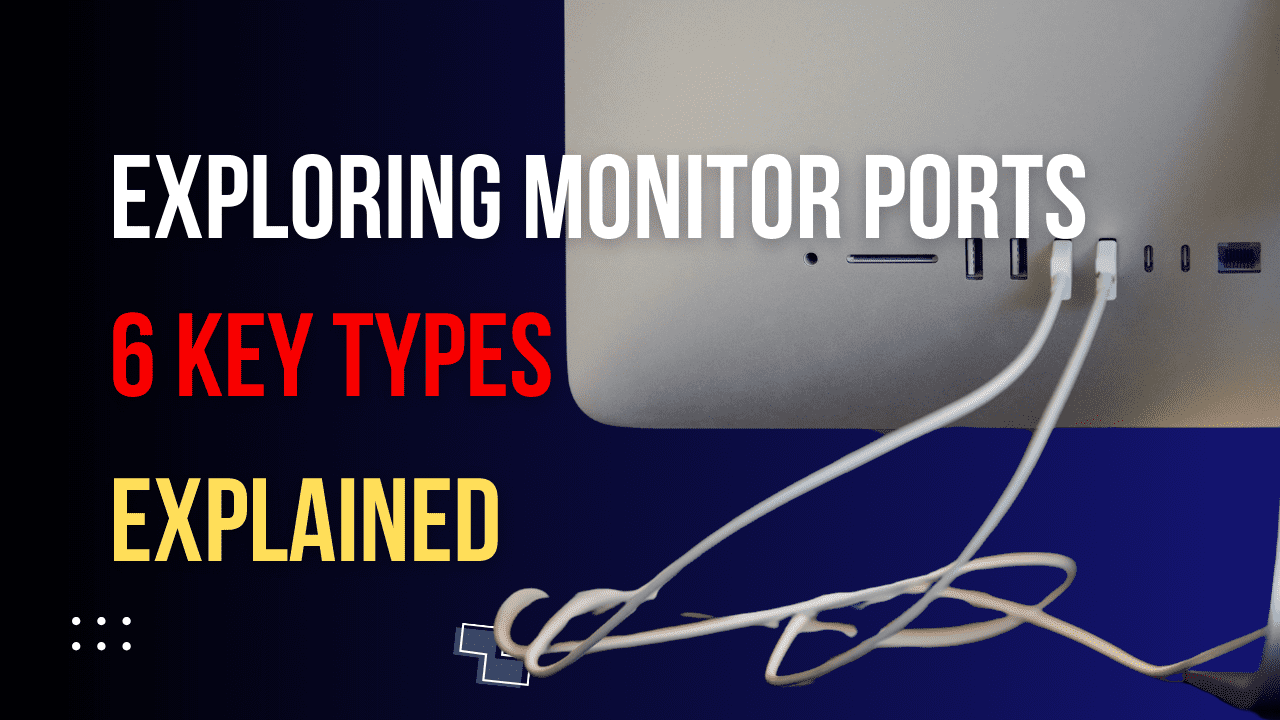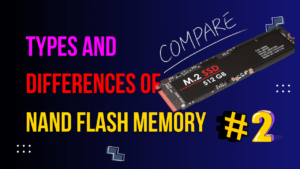Table of Contents
Introduction
Monitor ports are essential components of your computer setup, acting as the critical link between your computer and its display. Understanding the various types of monitor ports is crucial for anyone who wants to ensure they are getting the best possible display quality and functionality from their computer system.
This article is designed to demystify monitor ports for beginners, providing a clear and concise guide to the most common types you’ll encounter. Whether you’re setting up a new computer, upgrading your monitor, or simply curious about the ports on the back of your screen, you’ll find valuable information here. By exploring the world of monitor ports, we aim to equip you with the knowledge needed to make informed decisions about your computer hardware and to enhance your overall computing experience.
Understanding Monitor Output Ports
Monitor ports are essential for transmitting visual data from your computer to the screen. Each type of monitor port has its own unique properties, impacting the quality of the display and the overall user experience. This section will delve deeper into what makes these ports integral to your computer setup and how they differ in functionality.
Types of Monitor Ports
Monitor ports vary in design, capabilities, and performance. Understanding the nuances of each port type is critical for optimizing your display settings and ensuring compatibility with your devices.
HDMI Port

HDMI ports are renowned for their versatility and support for high-resolution displays. They can transmit both audio and video signals, eliminating the need for multiple cables. HDMI is capable of handling up to 4K resolution at 60 Hz, making it suitable for high-definition gaming and multimedia experiences. Additionally, HDMI ports are often used for connecting streaming devices, gaming consoles, and home theater systems due to their excellent audio-visual synchronization.
DisplayPort

DisplayPort is a preferred choice for high-performance computing and gaming due to its ability to support higher resolutions and refresh rates than HDMI. Standard DisplayPort can deliver 4K resolution at 120 Hz or 8K at 60 Hz, making it ideal for professional-grade monitors. DisplayPort also supports multi-stream transport, allowing multiple monitors to be connected through a single port, which is especially beneficial for advanced workstation setups.
DVI Port

DVI ports come in different variants: DVI-D (digital only), DVI-A (analog only), and DVI-I (integrated digital and analog). DVI-D is commonly used for connecting computers to monitors for a clearer and sharper display than VGA. However, DVI does not carry audio signals and is limited to 1080p resolution, making it less suitable for modern high-resolution displays.
VGA Port

VGA ports transmit analog video signals and are most commonly found in older computer systems and monitors. VGA is limited in terms of resolution and quality, typically maxing out at 1920×1200 pixels. This port is suitable for basic computing needs but doesn’t support high-definition video, making it less ideal for modern multimedia applications.
USB-C / Thunderbolt 3 and 4

USB-C with Thunderbolt 3 and 4 capabilities is a game-changer in monitor ports. These ports support high-speed data transfer, video output, and power delivery all in one. Thunderbolt 3 and 4 can support dual 4K displays or a single 8K display, offering unparalleled video quality and speed, which is perfect for video editors and professionals who require high-end graphics and rapid data transfer.
Mini DisplayPort

Mini DisplayPort offers similar capabilities to the standard DisplayPort but in a smaller form factor. It supports high resolutions and is commonly used on laptops and tablets. Mini DisplayPort is an excellent choice for users who need portability without compromising on display quality, making it popular on mobile workstations and gaming laptops.
Choosing the Right Port for Your Needs
Selecting the right monitor port involves considering the type of content you’ll be viewing or creating, your monitor’s specifications, and your computer’s capabilities. This section provides a comprehensive guide to matching your monitor ports with your usage requirements, whether it’s for high-end gaming, professional graphics work, or everyday multimedia consumption.
Conclusion
Selecting the right monitor port involves considering the type of content you’ll be viewing or creating, your monitor’s specifications, and your computer’s capabilities. This section provides a comprehensive guide to matching your monitor ports with your usage requirements, whether it’s for high-end gaming, professional graphics work, or everyday multimedia consumption.
Discover More
As we wrap up our journey through the hidden layers of the internet, it’s clear that the digital world is vast and full of mysteries. But the exploration doesn’t have to stop here! If you’re intrigued by the complexities of the internet, you might also enjoy delving into these related topics



